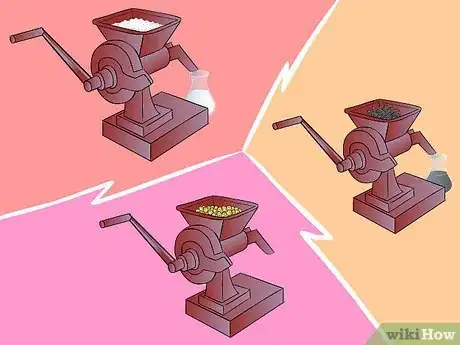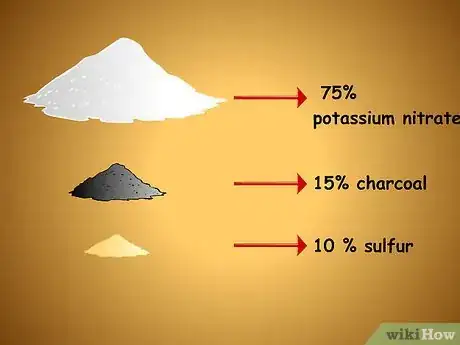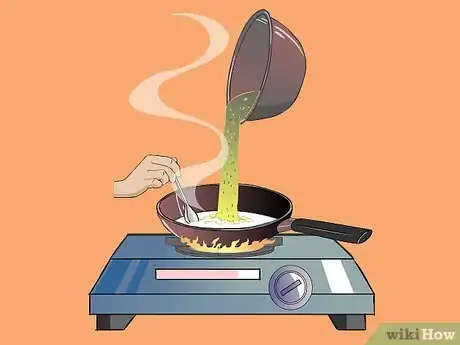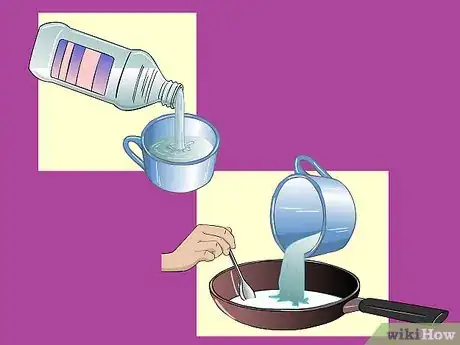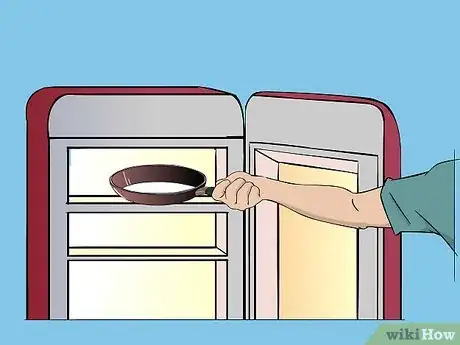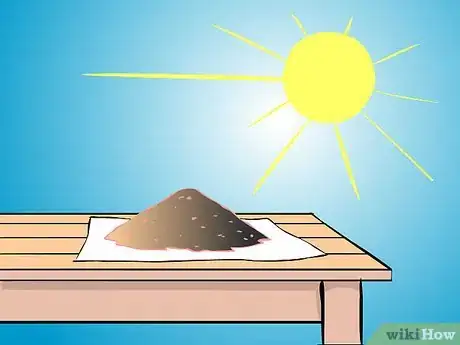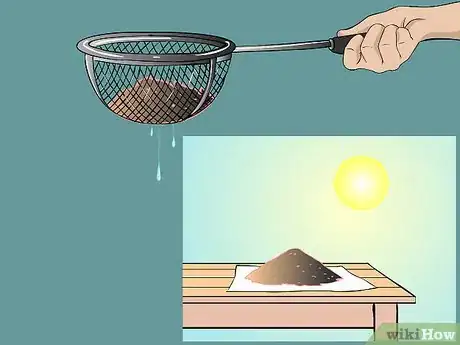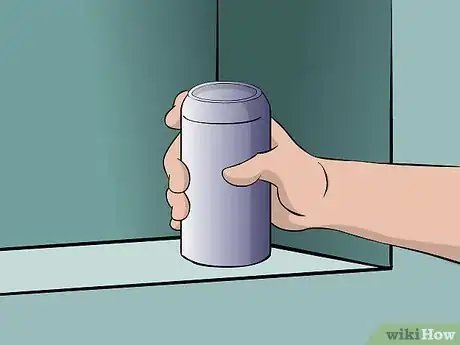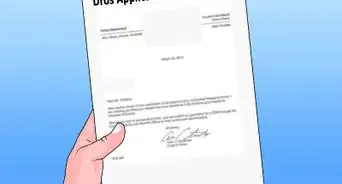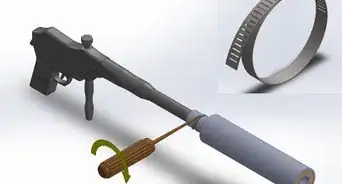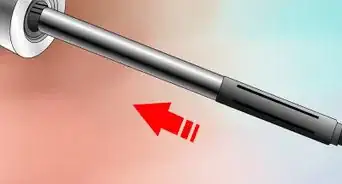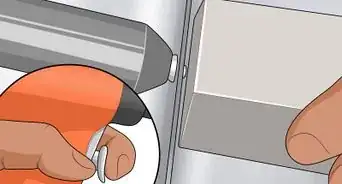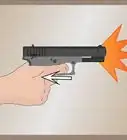wikiHow is a “wiki,” similar to Wikipedia, which means that many of our articles are co-written by multiple authors. To create this article, 22 people, some anonymous, worked to edit and improve it over time.
There are 10 references cited in this article, which can be found at the bottom of the page.
wikiHow marks an article as reader-approved once it receives enough positive feedback. In this case, 92% of readers who voted found the article helpful, earning it our reader-approved status.
This article has been viewed 899,631 times.
Learn more...
Black powder is a simple mixture of powdered potassium nitrate or saltpeter, charcoal and sulfur. But simply mixing the ingredients together is not going to give you the results you are looking for. Follow these instructions on making black powder--just be careful as you are working with explosives. Whether your motivation is to save a little bit of money or the satisfaction of being able to make your own, you can certainly make your own black powder at home.
Things You Should Know
- Measure your dry ingredients so you have 75 parts potassium nitrate, 15 parts charcoal, and 10 parts sulfur.
- Mix every 1/2 cup (100 g) of potassium nitrate with 1/4 cup (40 mL) of water. Stir in the charcoal and sulfur afterward.
- Add isopropyl alcohol to your mixture, chill it in the refrigerator, and strain it through a cheesecloth.
- Dry and break up the powder before transferring it to a plastic container in a cool, dry, area.
Steps
-
1Purchase the items you can. This is one of those instances where the better quality the ingredients you have, the better quality product you will produce. The saltpeter and the sulfur can be found in most drugstores.
-
2Make your charcoal.[1] Willow, birch, fir, oak, beech ash, pine, and spruce, when charred properly, are good woods to choose when selecting wood for your charcoal. Place the wood chips in a large pot with a lid or a 55 gallon (208 liter) barrel with a lid, just make sure there is a little open area (a crack where the lid meets the container or a small hole) so some steam can escape. Build a fire under your container. When steam begins to exit the container, light the wood inside and reclose the lid. Let the fires burn out and wait for everything to cool. What is left inside your container is your charcoal.
-
3Grind your ingredients separately. Use a mortar and pestle or hand mill to grind the potassium nitrate. Set it aside. Grind the charcoal. Set it aside. Grind the sulfur into a powder as well, and then set it aside. It is very important to grind everything individually. You may also choose to use a ball mill. If this is the case, place your crushed charcoal and your sulfur in the mill, and run the mill for several hours. Once ground to a fine powder, remove from the mill.[2]
-
4Chill 2 1/2 cups (or 600 ml) of isopropyl or denatured alcohol for every 100 grams (3.5 oz) of charcoal/sulfur mix you have.
-
5Measure your ingredients. The components of black powder used to be measured by weight. This has been calculated out, nowadays, as 75 parts potassium nitrate, 15 parts charcoal and 10 parts sulfur (or 25% charcoal/sulfur mix).[3]
-
6Prepare your nitrate. Measure 1/4 cup (or 40 ml) of water for every 100 grams (3.5 oz) (about a 1/2 cup) of potassium nitrate in an old pan. Add your potassium nitrate. Bring to a boil. Stir continuously. Add little bits of water at intervals until the potassium nitrate is completely dissolved.
-
7Add the charcoal/sulfur mix to your pot of boiling potassium nitrate. Stir until all ingredients are completely combined.
-
8Take your chilled alcohol and your hot mixture outside. Add the hot mixture to your isopropyl alcohol. Stir together.
-
9Chill this new mixture. The more quickly you can chill this to 0 °C (32 °F), the better.
-
10Filter the mixture through cheesecloth or an old cloth. This will remove all the liquid from the solution. Throw out the liquid that got filtered out.
-
11Lay the mix out on a piece of paper to dry in the sun.
-
12Press the mixture through a sieve while it is still slightly damp. Spread it out on your paper again and allow it to dry some more.
-
13Run the powder through the sieve or a series of mesh screens a few more times to get it completely broken up.[4]
-
14Store your black powder in a cool, dry place in plastic containers. Make sure to choose a place that is out of the reach of children.[5]
Community Q&A
-
QuestionWhat are the safety precautions concerning black powder?
 Community AnswerGlasses wouldn't hurt, but definitely wear gloves. Make it in a room with low wind flow and NO candles or propane heaters.
Community AnswerGlasses wouldn't hurt, but definitely wear gloves. Make it in a room with low wind flow and NO candles or propane heaters. -
QuestionHow is it more dangerous than true gunpowder?
 Community AnswerIf you are referring to white gunpowder as true gunpowder, there is no clear difference in power. Both are dangerous, but white gunpowder is a lot harder to make and emits less smoke.
Community AnswerIf you are referring to white gunpowder as true gunpowder, there is no clear difference in power. Both are dangerous, but white gunpowder is a lot harder to make and emits less smoke. -
QuestionHow much money will it cost to get the materials?
 Community AnswerIf you buy lab grade chemicals, it will cost you $8/500g. Each. The total would be about $24- $30.
Community AnswerIf you buy lab grade chemicals, it will cost you $8/500g. Each. The total would be about $24- $30.
Warnings
- Black Powder is explosive and hazardous. Please observe safety procedures and follow all applicable laws. Black Powder is a true explosive, not simply flammable. As such it is even more dangerous than true gunpowder (nitrocellulose).⧼thumbs_response⧽
Things You'll Need
- powdered potassium nitrate or saltpeter
- charcoal
- sulfur
- mortar and pestle or hand mill
- water
- hardwood for fire
- softwood wood chips for making charcoal
- large pot or 55 gallon drum with lid
- ball mill
- isopropyl or denatured alcohol
- cheesecloth or an old cloth
- paper
- sieve
References
- ↑ http://biochar.bioenergylists.org/files/how_to_make_charcoal.pdf
- ↑ https://www.askaprepper.com/how-to-make-gun-powder-the-old-fashioned-way-in-less-than-30-minutes/
- ↑ https://www.survivalsullivan.com/black-powder-making-survivalist/
- ↑ https://www.skylighter.com/blogs/how-to-make-fireworks/making-high-powered-black-powder
- ↑ https://www.survival-manual.com/gunpowder.php
- https://sciencing.com/make-black-powder-4621368.html
- http://www.dangerouslaboratories.org/foxfire5.html
- http://www.pyrocreations.com/making_black_powder
- http://www.skylighter.com/fireworks/how-to-make/high-powered-black-powder.asp
About This Article
If you want to make your own black powder, add potassium nitrate and water to a pan and bring to a boil, stirring continuously. Add charcoal and sulfur to the pan, stirring until all of the ingredients are completely combined. Take the hot mixture outside and mix it with chilled isopropyl alcohol, then chill the new mixture to 32 °F. Press the mixture through a sieve, then spread it on a piece of paper to dry out in the sun, sieving several more times until it's dry. Store the black powder in a cool, dry place in a plastic container. To learn more about how to make your own charcoal for your black powder, keep reading the article!


